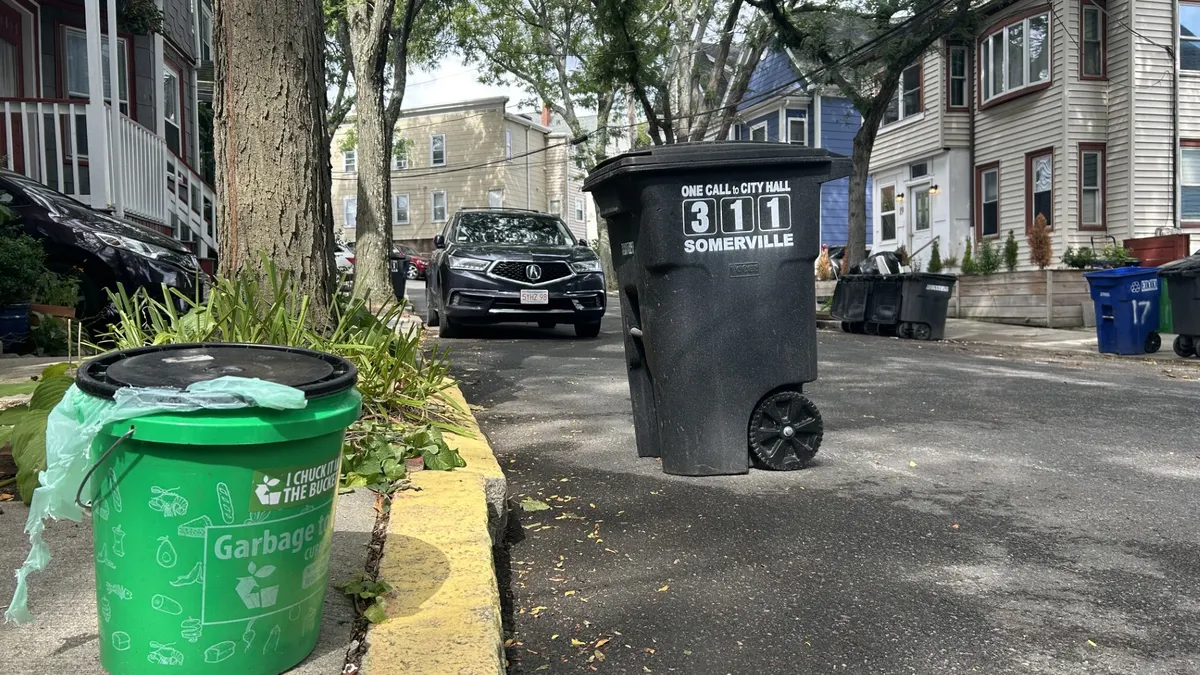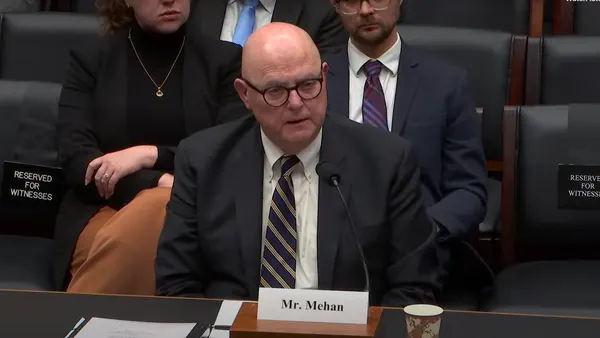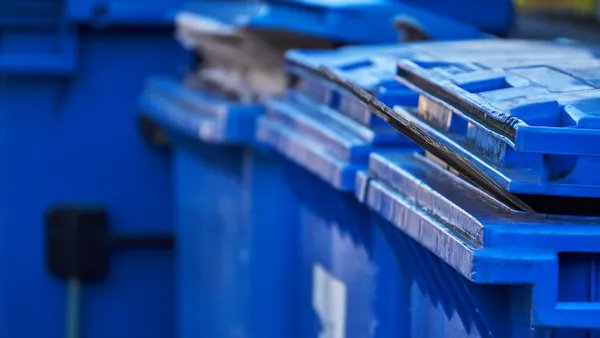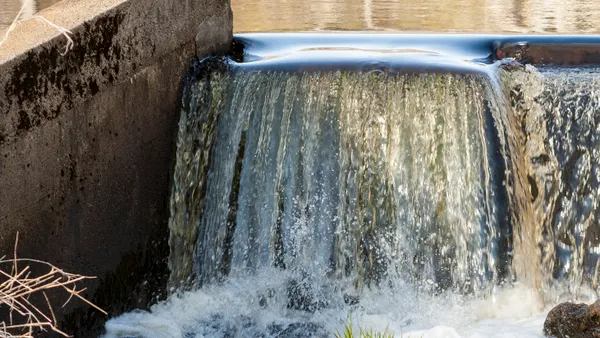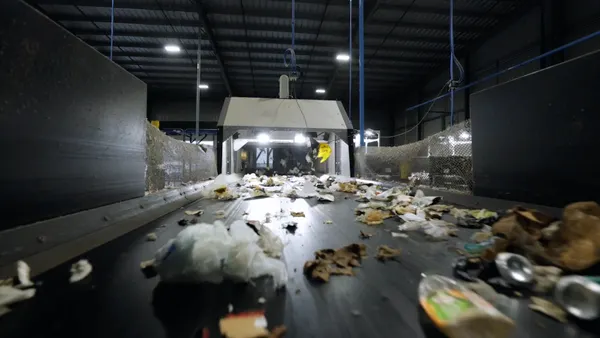Dive Brief:
- The U.S. EPA says it will defend its rule designating certain PFAS as hazardous substances under the Comprehensive Environmental Response, Compensation and Liability Act, according to a court document filed by the Justice Department on behalf of the EPA on Wednesday.
- The hazardous substance designation for two types of PFAS — PFOS and PFOA — was first set last year under the Biden administration. The National Waste & Recycling Association and other groups sued the EPA in 2024 over the matter, saying the designation unfairly exposes them to liability expenses because they are “passive receivers” that do not have control over PFAS-laden materials that enter their facilities.
- The EPA also said it intends to develop a new rule on how it might craft any future hazardous substance designations under CERCLA, including cost considerations. “The best, most enduring solution to this issue is a statutory fix to protect passive receivers from liability, which EPA would follow to the letter of the law,” the agency said.
Dive Insight:
News that Trump’s EPA plans to stick to the Biden-era hazardous substance designation for the two per- and polyfluoroalkyl substances clears up some speculation over how the agency planned to address the rule after offering mixed signals on PFAS regulations earlier this year. The waste industry says the CERCLA designation will have a major impact on operations.
A judge has several times granted the EPA permission to pause the court case against it so the agency could review the CERCLA designation, leading some in the waste industry to wonder if the EPA would eventually announce its intent to throw out the rule.
In the Wednesday court document, the EPA noted it “has reviewed the underlying rule and has decided to keep the rule in place.” The document also indicates the court case, filed in the U.S. Court of Appeals for the D.C. Circuit, will now continue, with a tentative new hearing schedule due on Sept. 30.
In the meantime, the EPA says it plans to implement the CERCLA hazardous substance designation and will “continue to collect information on its costs and benefits,” the agency said in a news release. The EPA noted that it must “take costs to manufacturers, passive receivers, consumers, and the economy at large very seriously.”
Administrator Lee Zeldin added that the EPA must strike a balance between holding PFAS polluters accountable “while providing certainty for passive receivers that did not manufacture or generate those chemicals.”
The agency “intends to do what we can based on our existing authority, but we will need new statutory language from Congress to fully address our concerns with passive receiver liability,” he said in a statement.
The EPA did not offer a timeline for when it might initiate a rulemaking process to establish the new “uniform framework” it plans to propose for future hazardous substances under Section 102 (a) of CERCLA. The EPA says that section allows the agency to designate additional hazardous substances beyond the ones already listed under CERCLA statutes.
The EPA under the Biden administration had previously stated that the hazardous substance designation was meant to hold polluters accountable for cleaning up certain PFAS and does not intend to pursue enforcement at some landfill entities. Yet industry groups like NWRA have long said the wording is not specific enough to protect them from potential negative impacts.
Senators during a previous session of Congress introduced a bill meant to exempt passive receivers from such CERCLA liabilities, but that bill did not move forward.
Zeldin acknowledged that tension in his Wednesday statement, saying he has “heard loud and clear from the American people, from Congress, and from local municipalities about this particular issue.”
That echoes remarks Zeldin made at a press event in April, where he said he had heard directly from waste groups about the concerns.




